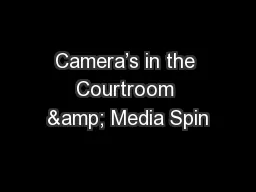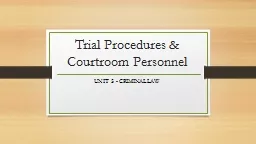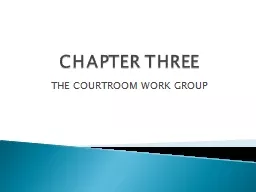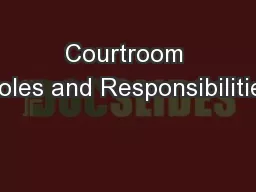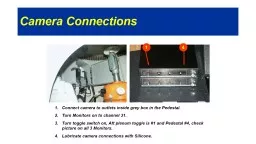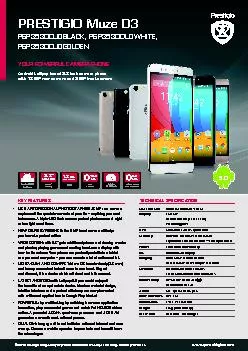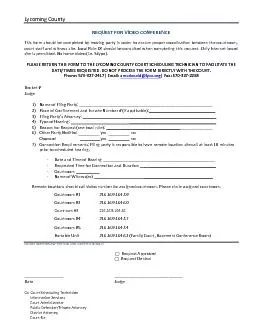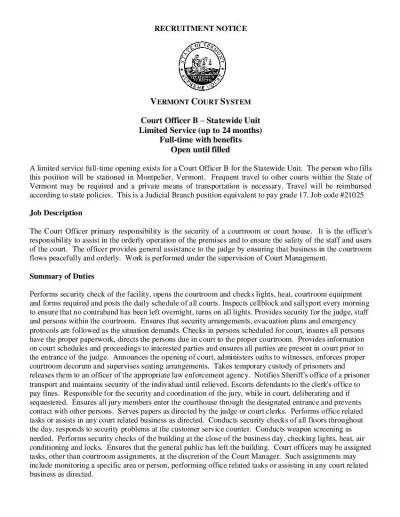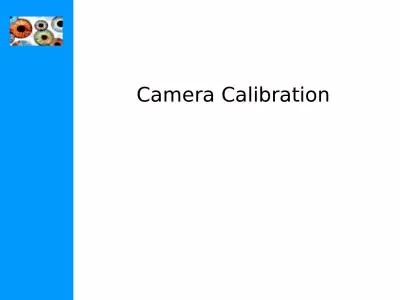PPT-Camera’s in the Courtroom & Media Spin
Author : calandra-battersby | Published Date : 2015-11-15
American Society Today Stella Liebeck spilled McDonalds coffee on her lap was burned and sued Jury awarded Liebeck 29m 16000 compensatory damages 80 fault 27m punitive
Presentation Embed Code
Download Presentation
Download Presentation The PPT/PDF document "Camera’s in the Courtroom & Media ..." is the property of its rightful owner. Permission is granted to download and print the materials on this website for personal, non-commercial use only, and to display it on your personal computer provided you do not modify the materials and that you retain all copyright notices contained in the materials. By downloading content from our website, you accept the terms of this agreement.
Camera’s in the Courtroom & Media Spin: Transcript
Download Rules Of Document
"Camera’s in the Courtroom & Media Spin"The content belongs to its owner. You may download and print it for personal use, without modification, and keep all copyright notices. By downloading, you agree to these terms.
Related Documents

